If you need to see events (connection, request, response, caching) then use the EventListener.
https://square.github.io/okhttp/events/
In Gradle add a dependency on com.squareup.okhttp3:logging-interceptor:4.9.1
val client = OkHttpClient.Builder()
.eventListenerFactory(LoggingEventListener.Factory())
.build()
[0 ms] callStart: Request{method=GET, url=https://httpbin.org/get}
[11 ms] proxySelectStart: https://httpbin.org/
[12 ms] proxySelectEnd: [DIRECT]
[12 ms] dnsStart: httpbin.org
[55 ms] dnsEnd: [httpbin.org/54.147.165.197, httpbin.org/34.231.30.52, httpbin.org/54.91.118.50, httpbin.org/18.214.80.1, httpbin.org/54.166.163.67, httpbin.org/34.199.75.4]
[62 ms] connectStart: httpbin.org/54.147.165.197:443 DIRECT
[176 ms] secureConnectStart
[747 ms] secureConnectEnd: Handshake{tlsVersion=TLS_1_2 cipherSuite=TLS_ECDHE_RSA_WITH_AES_128_GCM_SHA256 peerCertificates=[CN=httpbin.org, CN=Amazon, OU=Server CA 1B, O=Amazon, C=US, CN=Amazon Root CA 1, O=Amazon, C=US] localCertificates=[]}
[765 ms] connectEnd: h2
[767 ms] connectionAcquired: Connection{httpbin.org:443, proxy=DIRECT hostAddress=httpbin.org/54.147.165.197:443 cipherSuite=TLS_ECDHE_RSA_WITH_AES_128_GCM_SHA256 protocol=h2}
[775 ms] requestHeadersStart
[783 ms] requestHeadersEnd
[993 ms] responseHeadersStart
[994 ms] responseHeadersEnd: Response{protocol=h2, code=200, message=, url=https://httpbin.org/get}
[999 ms] responseBodyStart
[999 ms] responseBodyEnd: byteCount=267
[999 ms] connectionReleased
[1000 ms] callEnd
[0 ms] callStart: Request{method=GET, url=https://httpbin.org/get}
[1 ms] connectionAcquired: Connection{httpbin.org:443, proxy=DIRECT hostAddress=httpbin.org/54.147.165.197:443 cipherSuite=TLS_ECDHE_RSA_WITH_AES_128_GCM_SHA256 protocol=h2}
[1 ms] requestHeadersStart
[1 ms] requestHeadersEnd
[98 ms] responseHeadersStart
[99 ms] responseHeadersEnd: Response{protocol=h2, code=200, message=, url=https://httpbin.org/get}
[99 ms] responseBodyStart
[99 ms] responseBodyEnd: byteCount=267
[99 ms] connectionReleased
[99 ms] callEnd



